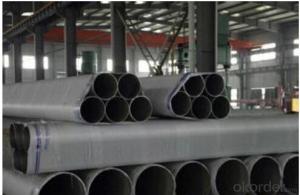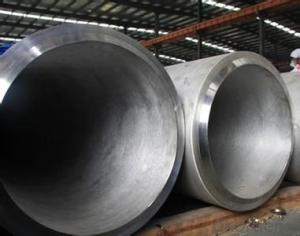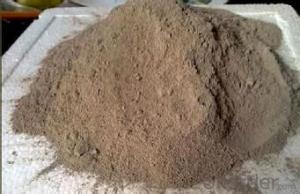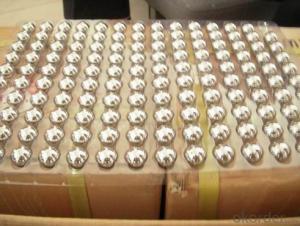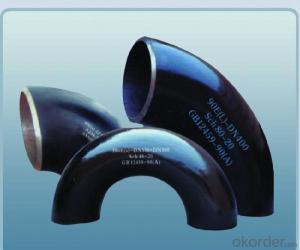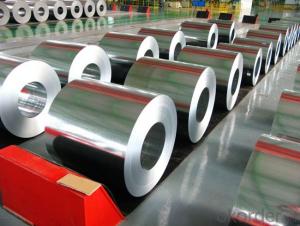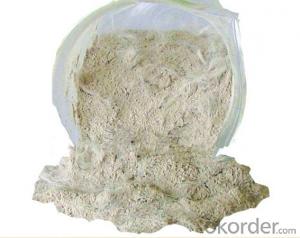Stainless Steel Corrosion
Stainless Steel Corrosion Related Searches
Best Paint For Stainless Steel Blanket Insulation For Steel Buildings Primer For Galvanized Steel Foam Filter For Stainless Steel H S Code For Stainless Steel Surface Grinding Wheels For Stainless Steel Surface Grinding Wheels For Hardened Steel Hole Saw For Stainless Steel Paint For Stainless Steel Stainless Steel For BbqHot Searches
Steel Mesh Panels For Sale Price For Stainless Steel Scrap Scrap Price For Stainless Steel Price For Stainless Steel Stainless Steel Tank For Sale Stainless Steel Sheets For Sale Cheap High Tea Sets For Sale Stainless Steel Tanks For Sale Stainless Steel For Sale High Density Fiberboard For Sale Solar Hot Water Collectors For Sale Scaffolding For Sale In Uae Scaffolding For Sale In Ireland Scaffolding For Sale In Houston Type Of Inverter For Solar Price Of Shipping Containers For Sale Types Of Inverter For Solar Stock Price For Aluminum Used Solar Inverter For Sale Steel Mesh Panels For SaleStainless Steel Corrosion Supplier & Manufacturer from China
Okorder.com is a professional Stainless Steel Corrosion supplier & manufacturer, offers integrated one-stop services including real-time quoting and online cargo tracking. We are funded by CNBM Group, a Fortune 500 enterprise and the largest Stainless Steel Corrosion firm in China.Hot Products
FAQ
- Yes, stainless steel pipes can be used for underground sprinkler systems. Stainless steel pipes are highly resistant to corrosion and can withstand the harsh underground conditions, making them a durable and long-lasting option for sprinkler systems.
- The maximum length of a stainless steel pipe that can be manufactured is typically determined by practical limitations such as transportation and handling capabilities. In general, stainless steel pipes can be manufactured in lengths ranging from a few feet to several hundred feet. However, the exact maximum length can vary depending on factors such as the diameter and thickness of the pipe, as well as the manufacturing capabilities of the specific company or facility. It is important to consult with the manufacturer or supplier to determine the maximum length available for a particular stainless steel pipe.
- Yes, stainless steel pipes can be galvanized. Galvanization is a process in which a protective zinc coating is applied to steel or iron to prevent rusting. While stainless steel is already highly resistant to corrosion, galvanizing can provide an additional layer of protection in certain applications. However, it is important to note that galvanizing stainless steel pipes is not as common as galvanizing carbon steel pipes, as the inherent corrosion resistance of stainless steel is often sufficient for most applications. Additionally, galvanizing stainless steel can alter its appearance and may not be suitable for certain aesthetic requirements.
- To calculate the expansion and contraction of stainless steel pipes, you need to consider the coefficient of thermal expansion (CTE) of the material and the change in temperature. The formula for calculating the thermal expansion or contraction of a stainless steel pipe is: ΔL = L * CTE * ΔT Where: ΔL is the change in length of the pipe L is the original length of the pipe CTE is the coefficient of thermal expansion of stainless steel ΔT is the change in temperature By plugging in the values for length, CTE, and temperature change into this formula, you can determine the expansion or contraction of the stainless steel pipe.
- Yes, stainless steel pipes can be used in harsh environments. Stainless steel is highly resistant to corrosion, rust, and high temperatures, making it suitable for a variety of challenging conditions such as chemical processing plants, offshore oil rigs, and industrial settings. Its durability and resistance to environmental factors make it a reliable choice for harsh environments.
- Yes, stainless steel pipes are suitable for marine applications. Stainless steel is highly resistant to corrosion and can withstand the harsh conditions of saltwater, making it a popular choice for marine applications such as shipbuilding, offshore structures, and marine equipment. It provides excellent durability, strength, and long-term performance in marine environments.
- Yes, stainless steel pipes can be insulated with polyethylene. Polyethylene is a commonly used insulation material for pipes due to its excellent thermal properties and high resistance to moisture. It provides effective insulation to prevent heat loss or gain from the pipe, which is important for applications that require temperature control. Additionally, polyethylene is lightweight, flexible, and easy to install, making it a suitable choice for insulating stainless steel pipes. However, it is essential to ensure that the polyethylene insulation is compatible with the specific type of stainless steel being used to avoid any potential chemical reactions or corrosion.
- The primary distinction between sanitary and industrial stainless steel pipes lies in their intended purposes and the level of cleanliness needed. Sanitary stainless steel pipes are specifically designed for use in industries such as food and beverage, pharmaceuticals, and other environments where cleanliness and hygiene are crucial. These pipes are manufactured with a higher degree of surface finish, typically smooth and polished, to prevent bacterial growth and ensure easy cleaning. The inner surface of sanitary pipes is often electropolished to further enhance its smoothness and resistance to corrosion. Additionally, sanitary pipes are often equipped with tri-clamp fittings or other sanitary connections to facilitate easy disassembly for cleaning purposes. On the contrary, industrial stainless steel pipes find application in a diverse range of industries, including manufacturing, oil and gas, chemical processing, and construction. These pipes are usually designed to withstand high pressures, extreme temperatures, and harsh environments. Industrial pipes may have a rougher surface finish and may not require the same level of cleanliness as sanitary pipes. They are often welded or threaded together for assembly and are built to withstand heavy-duty usage. In conclusion, the main differences between sanitary and industrial stainless steel pipes can be found in their intended purposes, surface finish, and the level of cleanliness required. Sanitary pipes prioritize hygiene and easy cleaning, making them well-suited for food and pharmaceutical applications. Industrial pipes, on the other hand, focus on durability and strength to endure demanding industrial environments.




















